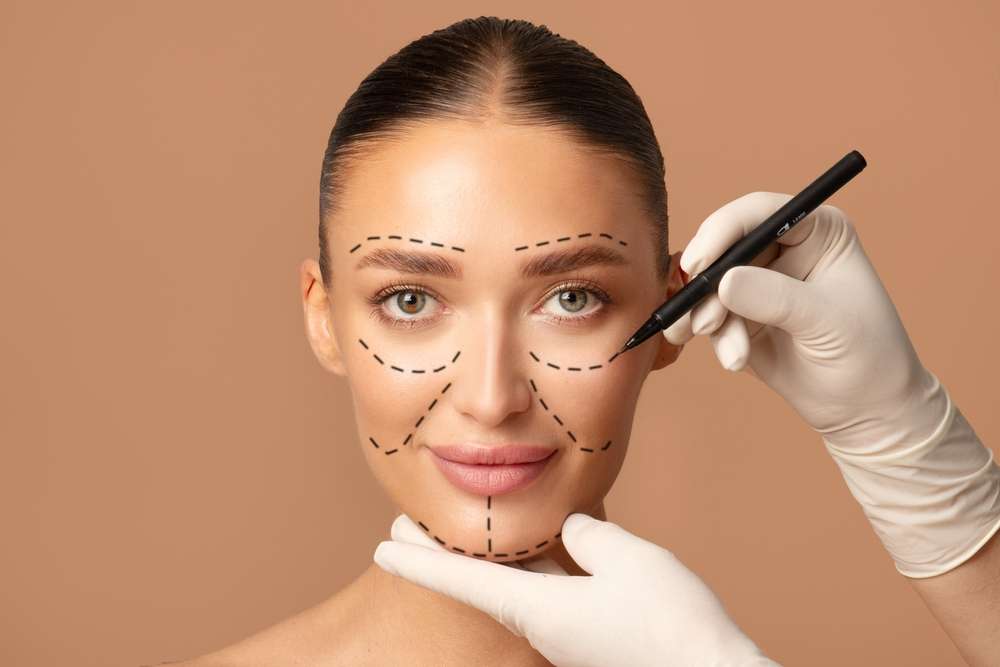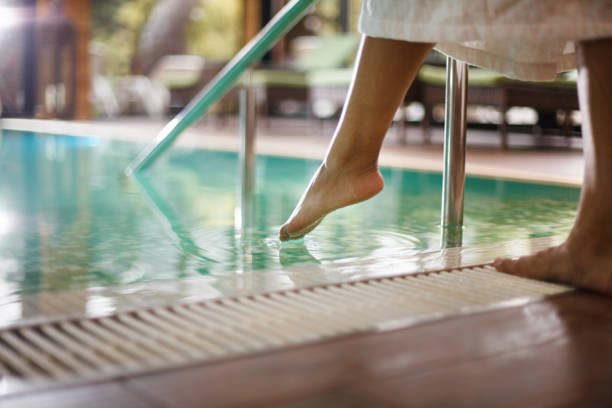Laser Skin Treatment: Methods, Benefits, and Considerations
Laser skin treatment covers a range of clinic-based procedures that use focused light to address cosmetic and medical skin concerns. Procedures can target pigmentation, vascular lesions, fine lines, acne scarring, unwanted hair and more. Understanding how different lasers work, what to expect before and after treatment, and how to find reputable local services can help you choose an approach that fits your skin type, goals and lifestyle.

This article is for informational purposes only and should not be considered medical advice. Please consult a qualified healthcare professional for personalized guidance and treatment.
How laser skin treatments work
Laser treatments use specific wavelengths of light to interact with structures within the skin. Some lasers target pigment (melanin) to reduce freckles, sunspots or melasma; others target haemoglobin to fade red vessels or rosacea; ablative lasers remove or vaporise tissue to resurface the skin, while non-ablative lasers heat deeper layers to stimulate collagen. The choice of device and settings depends on the condition, skin tone and desired downtime. A trained clinician will assess skin type, medical history and any medications to reduce the risk of complications and to set realistic expectations.
Common treatment types and typical uses
Several broad categories of lasers are used in dermatology and cosmetic practice:
-
Q-switched and picosecond lasers: commonly used for tattoo removal and stubborn pigment.
-
Fractional ablative lasers (e.g., CO2): effective for deep resurfacing, improving texture and severe scarring; typically involve more downtime.
-
Fractional non-ablative lasers (e.g., fractional erbium, 1550 nm): stimulate collagen with less recovery time, suitable for mild-to-moderate texture and fine lines.
-
Vascular lasers (e.g., pulsed dye laser, Nd:YAG): treat visible blood vessels, rosacea and some birthmarks.
-
Alexandrite and diode lasers: primarily used for hair reduction across various skin types, with different efficacy and safety profiles.
Treatment plans often combine modalities over several sessions to achieve gradual improvement while managing side effects.
Preparation, recovery and potential risks
Before treatment, expect a consultation that includes skin assessment and test patches in some cases. Preparation may include avoiding sun exposure, stopping photosensitising medications and using antiviral prophylaxis for patients with history of cold sores. Recovery varies by laser type: non-ablative procedures may cause redness and mild swelling for a few days, while ablative resurfacing can require several days to weeks of wound care, dressings and sun-avoidance. Risks include temporary redness, pigment changes (hyper- or hypopigmentation), scarring and infection; darker skin tones have higher risk of pigmentary changes and require specialised device selection and conservative settings. Choosing an experienced practitioner and following pre- and post-procedure instructions significantly reduces risks.
Who is a suitable candidate and realistic outcomes
Suitability depends on the skin condition, Fitzpatrick skin type, medical history and expectations. Many people benefit from laser interventions for specific concerns, but results vary: some conditions (like hair removal or superficial pigmentation) often show clear improvement, while deeper wrinkles or severe scarring may require multiple sessions and complementary treatments (fillers, microneedling, topical regimens). A patch test and a clear discussion about the number of sessions, maintenance needs and likely outcomes are essential. Be wary of clinics that promise dramatic single-session transformations; gradual, evidence-based approaches are standard practice.
Finding local services and general cost considerations
When searching for treatment in your area, prioritise clinics with accredited practitioners (dermatologists, plastic surgeons or experienced laser therapists), clear before-and-after examples, and documented safety protocols. Local services should offer an initial consultation, discuss alternative treatments and outline realistic timelines. Costs vary widely depending on the laser type, treatment area size, clinic location and clinician expertise. For example, small areas and single non-ablative sessions typically cost less than full-face ablative resurfacing, which requires more time and aftercare. Many clinics provide package pricing for multiple sessions.
Aftercare, maintenance and timing
Aftercare commonly includes gentle cleansing, moisturisation, sun protection and avoiding irritants until the skin has healed. Some procedures require topical antibiotics or occlusive dressings for a period. Maintenance treatments or periodic touch-ups are often recommended to preserve results, especially for hair removal and pigmentation concerns. Schedule procedures with lifestyle considerations in mind—avoid planning important events immediately after treatments that cause visible redness or peeling. If you plan to travel or have outdoor commitments, discuss timing with your clinician.
Conclusion
Laser skin treatments encompass diverse technologies that can address many cosmetic and medical skin issues, but choice of device, practitioner expertise and realistic expectations are crucial. Discuss your medical history, goals and recovery tolerance during an initial consultation with a qualified professional to determine the safest and most effective plan for your skin.




